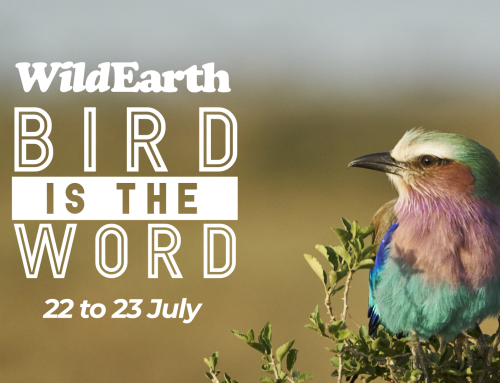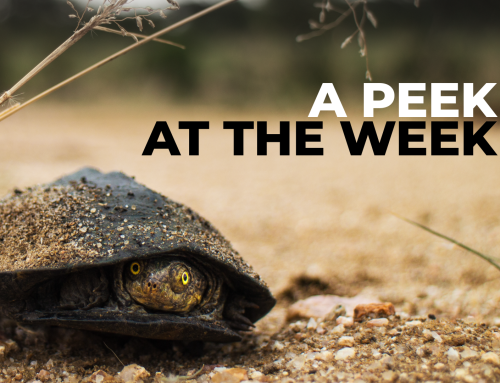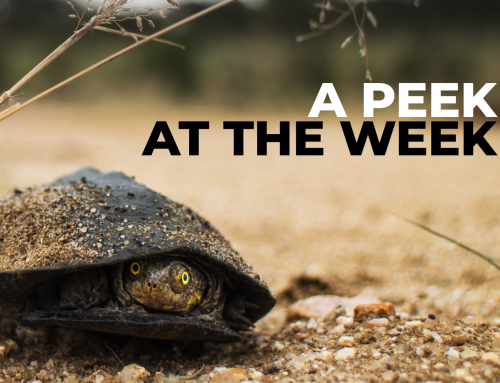The long rains continue to sweep through the Mara leaving the Triangle a waterlogged paradise.
The roadways have transformed into waterways, and they are a few litres short of turning our safaris into cruises. Well, that may be an exaggeration, but we do have to be particularly careful even in areas where offroading is permitted, as the onslaught by our tyres will most certainly be detrimental to the environment. After a particularly heavy downpour, we wait for the main road to dry out a little before heading out to explore the south west corner of the Triangle. This is where a cheetah named Naretoi and her cubs are known to live, but there is also the chance of seeing a particularly large pride known as the Ol Donyo Paek (pron. “Ol Don-yo Pike”) Pride. However, with our off-roading limitations, our bets are on Naretoi
We are right on the money when we spot her and her cubs slinking through the long grass. It’s almost hard to believe that in a few short months, this grass will be completely mowed down by some of the first herds of the wildebeest migration that are expected to come through this area. Even though they are quite a distance away, it’s hard not to notice Naretoi and her boys’ graceful and purposeful movement through the grass. It’s not long before we realise that the three are out for lunch.

(Image credit: Scott Dyson)
Their trajectory seems to be leading them to a nearby herd of Thomson’s gazelles. The cheetahs crouch low and we lose sight of them. To see a hunt in the Mara, one usually has to play the patience game and as we settle in for the wait, one of the cats surprises us by shooting out of the grass towards the gazelles: it’s one of the cubs. The chase is spirited and brief. The cub cuts a forlorn figure as he watches the gazelles bound away to safety. He eventually returns to mom and gives her a nuzzle, no doubt this is a teaching moment. Naretoi allows her young boy to take the moment to despair, but she puts him and his brother to the test again. Almost immediately.
She moves them in the direction of a herd of topi. Again, we lose sight of the boys in the grass, but we’re able to keep Naretoi in our sights as she uses a termite mound to shield her presence from the unsuspecting herd. Her stealth beautiful, her movement fluid as she inches closer. Then much like an uncoiled spring, she darts forward – her stride lengthening as her speed increases. Just before we think she’ll latch on to the youngest topi in the herd, her speed decreases and we notice two heads poke up in the long grass directly where the topi are headed. Instead of taking advantage of their convenient position, the cubs look around as the herd stampedes past them: confused, uncertain.

(Image credit: Scott Dyson)
Naretoi catches up to her boys and they watch as the topis continue to sprint away – lengthening the gap with every stride. One can almost picture Naretoi closing her eyes and in a solemn voice saying: “What have we learned today, Boys?” The lessons will continue with each passing day as she trains her boys to be efficient hunters. It may appear that the forward progress is a series of stutters and stops, but she will persist. Their survival depends on it.





